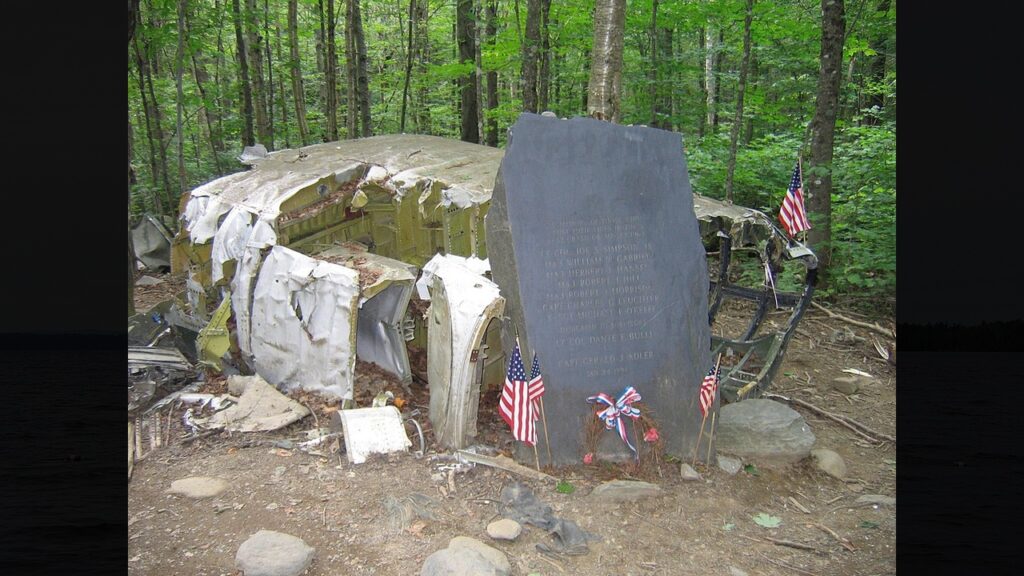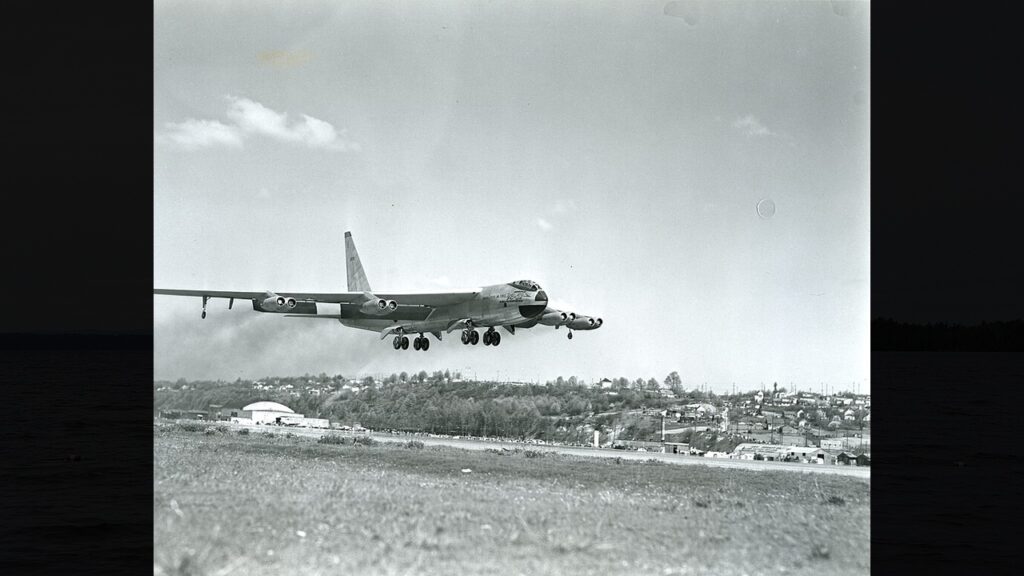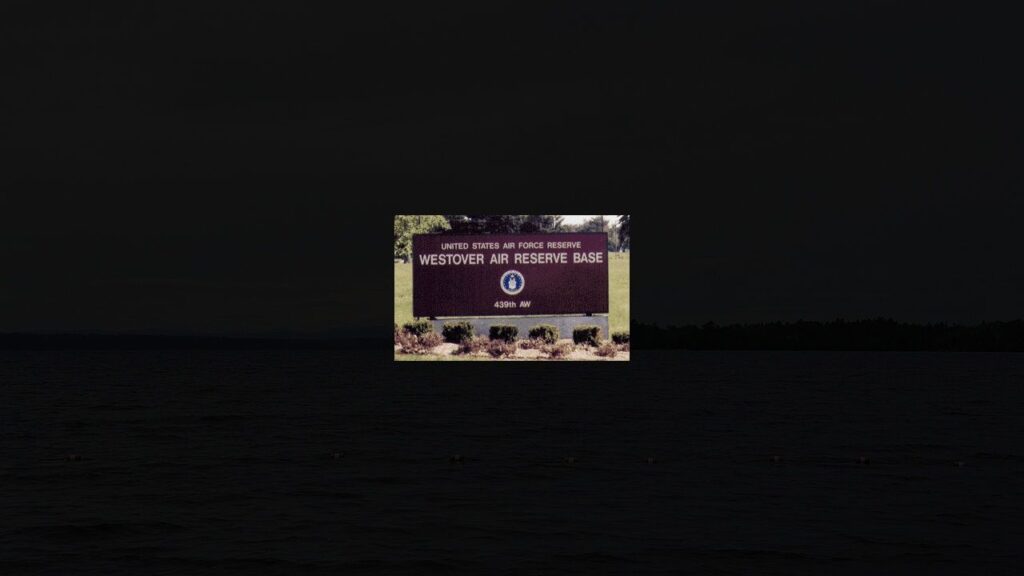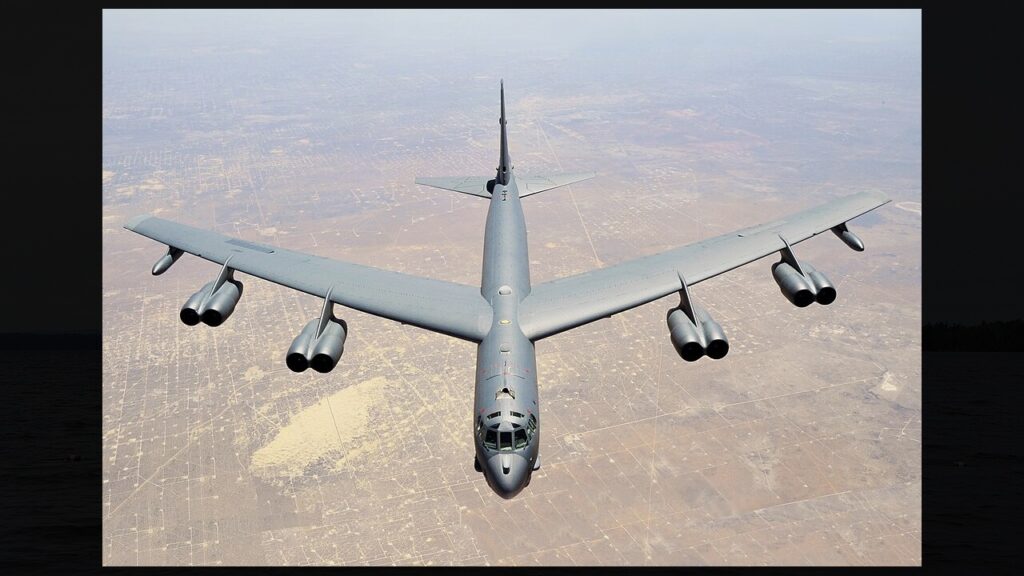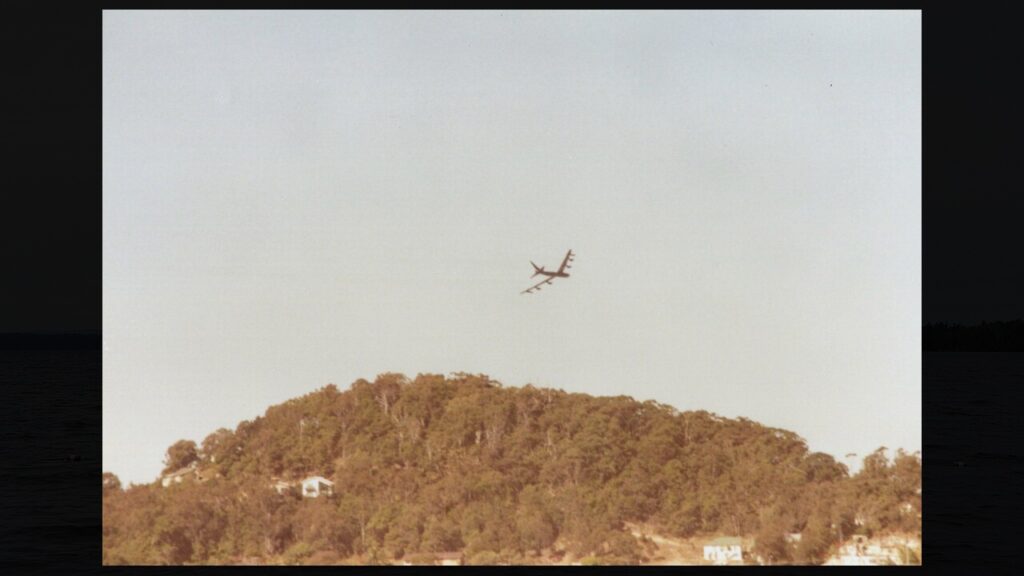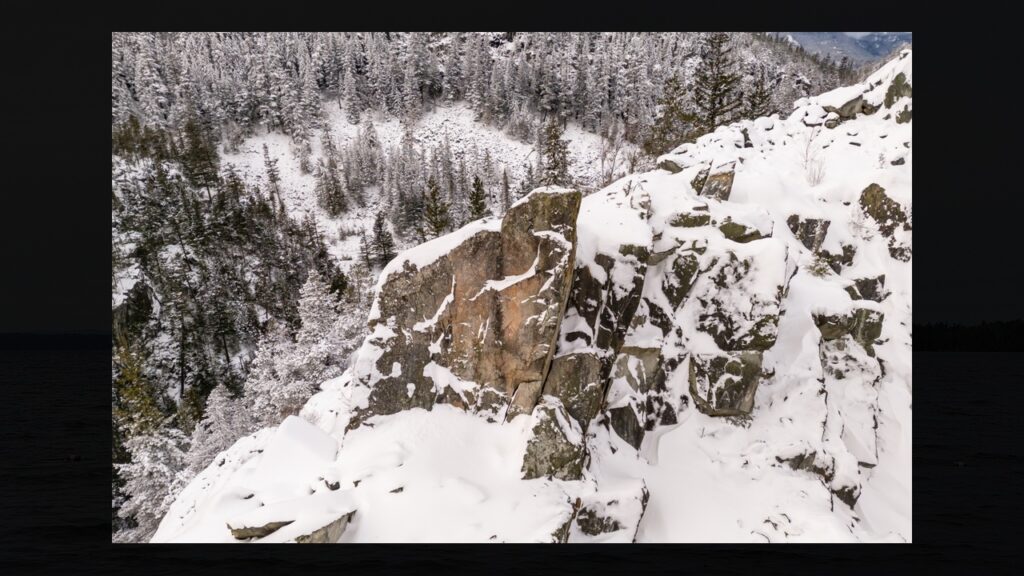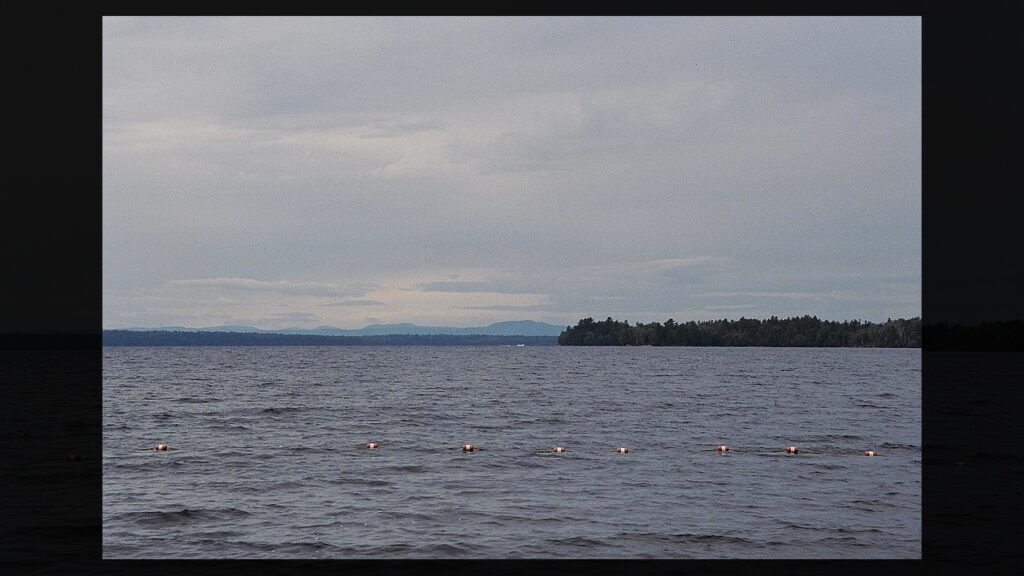Maine
This Maine park borders the crash site that changed Air Force low-altitude tactics
-

 Illinois3 days ago
Illinois3 days agoHere Are 12 Things People from Illinois Do That Seem Insane To Everyone Else
-

 Alabama6 days ago
Alabama6 days agoHere Are 12 Things People from Alabama Do That Seem Insane To Everyone Else
-
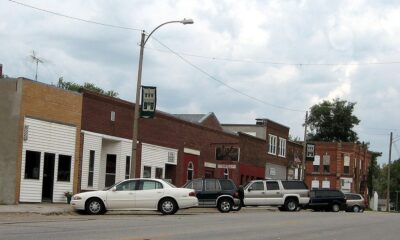
 Iowa2 days ago
Iowa2 days agoIowa’s Underground Railroad site that tragically strengthened slavery
-

 Florida4 days ago
Florida4 days agoHere Are 12 Things People from Florida Do That Seem Insane To Everyone Else
-

 Kentucky3 days ago
Kentucky3 days agoHere Are 12 Things People from Kentucky Do That Seem Insane To Everyone Else
-

 Minnesota1 day ago
Minnesota1 day agoHere Are 12 Things People from Minnesota Do That Seem Insane To Everyone Else
-

 Indiana3 days ago
Indiana3 days agoHere Are 12 Things People from Indiana Do That Seem Insane To Everyone Else
-

 Maryland2 days ago
Maryland2 days agoHere Are 12 Things People from Maryland Do That Seem Insane To Everyone Else

